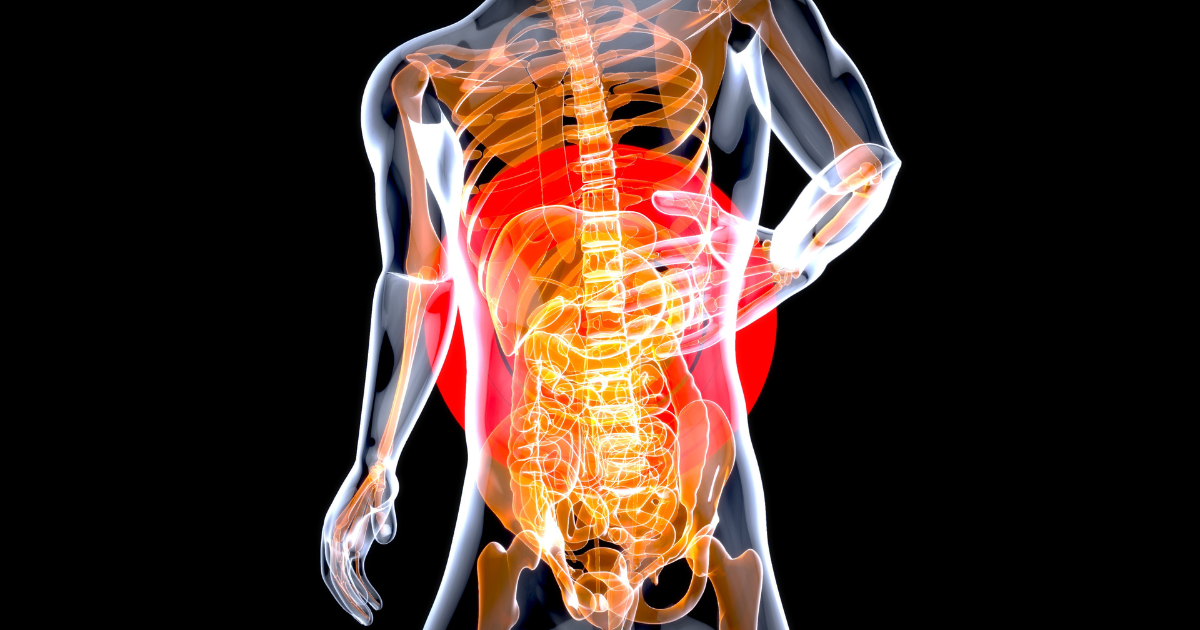Understanding acute and persistent chronic pain

Medical terms like acute, persistent, and chronic get thrown around often, sometimes without a clear understanding of their meanings. This confusion is especially common when discussing pain. By the end of this blog, you’ll have a good understanding of acute and persistent chronic pain so you’ll be able to see how they may be affecting your mind and body on a daily basis.
What Is Persistent or Chronic Pain?
Persistent pain—also known as chronic pain—is discomfort that lingers far beyond the typical healing period. The word chronic doesn’t necessarily mean the pain is intense; it simply means it has lasted for a long time.
Pain is a personal experience. What feels unbearable to one person might be a mild inconvenience to another. This subjectivity makes treatment challenging. Pain is also difficult to describe, which is why doctors often use pain scales to measure intensity. If you’ve ever struggled to explain your pain, you’re not alone.
How Long Does Pain Have to Last to Be Considered Chronic?
In medical terms persistent or chronic pain is generally defined as pain lasting longer than 12 weeks—three months or more. This is a significant period, accounting for a quarter of the year. Long-term pain can disrupt daily life, affecting both the person experiencing it and those around them.
For example, I once suffered from sciatica for 18 months. It was triggered by training for a charity bike ride, combined with pre-existing back issues. Despite making adjustments to my bike setup, the constant leaning toward the handlebars aggravated the pain. As a fitness instructor at the time, it was especially frustrating. At one point, I couldn’t imagine a future without pain—but eventually, it did subside. Chronic pain can feel overwhelming, but understanding it is the first step toward managing it.
What Is Acute Pain?
Before chronic pain develops, an injury or event triggers the acute phase. Acute pain occurs immediately after an injury or condition appears and typically lasts up to 12 weeks, depending on the person and the severity of the issue.
The Acute Phase: The Body’s Alarm System
Acute pain serves as a warning signal, alerting us to injury. This phase is often accompanied by inflammation, redness, and discomfort. The body naturally reacts by protecting the affected area—for example, we instinctively hold, rub, or cool a sore spot.
To manage acute pain, we might use methods like the RICES protocol:
- Rest – Limiting movement to allow healing
- Ice – Reducing inflammation and numbing pain
- Compression – Supporting the injured area
- Elevation – Minimizing swelling
- Support – Using braces or bandages as needed
With proper care, acute pain usually resolves before the 12-week mark. Pain isn’t always necessary throughout the entire healing process – it’s just an initial alarm to prevent further damage.
When Does Acute Pain Become Chronic?
If pain continues beyond 12 weeks, it transitions into persistent or chronic pain. This doesn’t always mean something is still physically wrong—sometimes, the pain signal remains active even after the initial injury has healed.
For instance, my 18-month battle with sciatica was a clear case of chronic pain. However, not all long-term pain is the same. Pregnancy, for example, brings discomfort for up to nine months, but the underlying cause is temporary and expected to resolve post-birth.
Why Does Pain Persist?
There are several reasons pain may linger:
- Ongoing health conditions (e.g., arthritis, nerve damage)
- Delayed healing or complications
- The brain continuing to send pain signals unnecessarily
Take arthritis as an example. Many people live with it, experiencing stiffness, inflammation, and pain. But why does the pain persist even when they already know their limits? In some cases, the nervous system continues to send pain signals even when they are no longer needed. If this is you, check out OldPain2Go to help switch off the pain messages or talk to me about a session.
Take Control of Your Pain
Understanding your persistent pain is key to managing it effectively. Download the Investigating Your Pain guide to start exploring your pain patterns and triggers. Stay tuned for Part 2 next week, where we’ll dive into how to become your own pain investigator!


